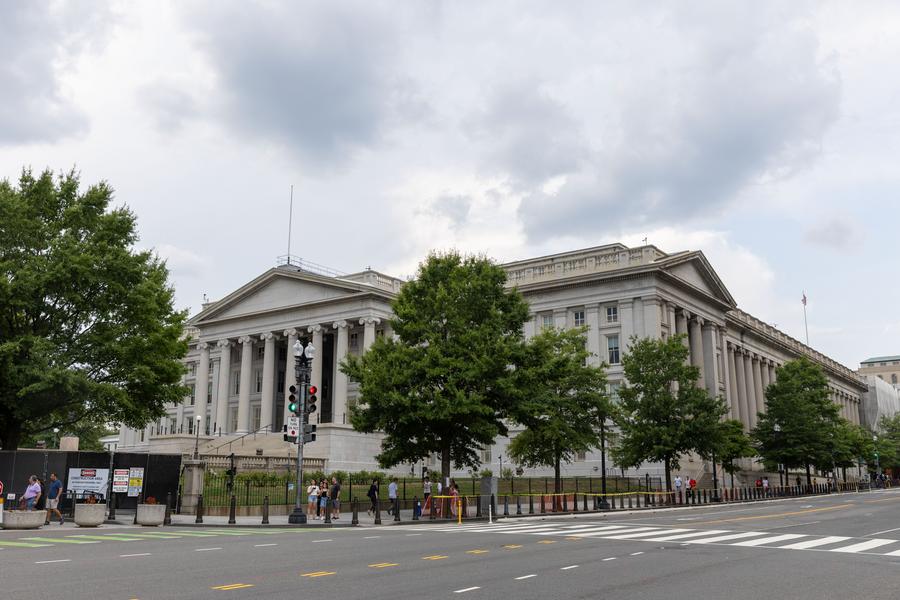
NEW YORK – Moody's Ratings on Friday slashed US long-term issuer and senior unsecured ratings to “Aa1” from its pristine “Aaa” citing rising government debt and interest payment ratios.
Meanwhile, the credit rating agency changed the outlook of US sovereign rating from negative to stable.
"This one-notch downgrade on our 21-notch rating scale reflects the increase over more than a decade in government debt and interest payment ratios to levels that are significantly higher than similarly rated sovereigns," Moody's said in a release.
READ MORE: Moody's: US public finances face deteriorating outlook
The agency changed the outlook of US sovereign rating from stable to negative in November 2023.
"Successive US administrations and Congress have failed to agree on measures to reverse the trend of large annual fiscal deficits and growing interest costs," reads the release.
"We do not believe that material multi-year reductions in mandatory spending and deficits will result from current fiscal proposals under consideration. Over the next decade, we expect larger deficits as entitlement spending rises while government revenue remains broadly flat.”
In turn, persistent, large fiscal deficits will drive the government's debt and interest burden higher, said Moody's.
US fiscal performance is likely to deteriorate relative to its own past and compared to other highly-rated sovereigns, according to the credit rating agency.
ALSO READ: Trump's 'big, beautiful bill' may not address massive debt, deficit
The downgrade on Friday means the US has lost its last triple-A credit rating from a major ratings firm following cuts by Fitch Ratings in 2023 and S&P Global Ratings in 2011.
Moody's Ratings also forecasted a bleak outlook for the outlook of US debt burden and fiscal conditions in the coming decade.
Without adjustments to taxation and spending, the US is expected to continue to have limited budget flexibility, with mandatory spending, including interest expense, to rise to around 78 percent of total spending by 2035 from about 73 percent in 2024.
If the 2017 Tax Cuts and Jobs Act is extended, it will add around $4 trillion to the federal fiscal primary (excluding interest payments) deficit over the next decade, according to Moody's Ratings.
The agency anticipated that US federal debt burden would rise to about 134 percent of GDP by 2035, compared to 98 percent in 2024.
Despite high demand for US Treasury assets, higher Treasury yields since 2021 have contributed to a decline in debt affordability, warned Moody's Ratings.
READ MORE: US public debt tops $34t ahead of Congress funding fight
Federal interest payments are likely to absorb around 30 percent of revenue by 2035, up from about 18 percent in 2024 and 9 percent in 2021, said Moody's Ratings.
"Moody's downgrade of the United States' credit rating should be a wake-up call to Trump and Congressional Republicans to end their reckless pursuit of their deficit-busting tax giveaway," US Senate Democratic Leader Chuck Schumer said in a statement on Friday.


